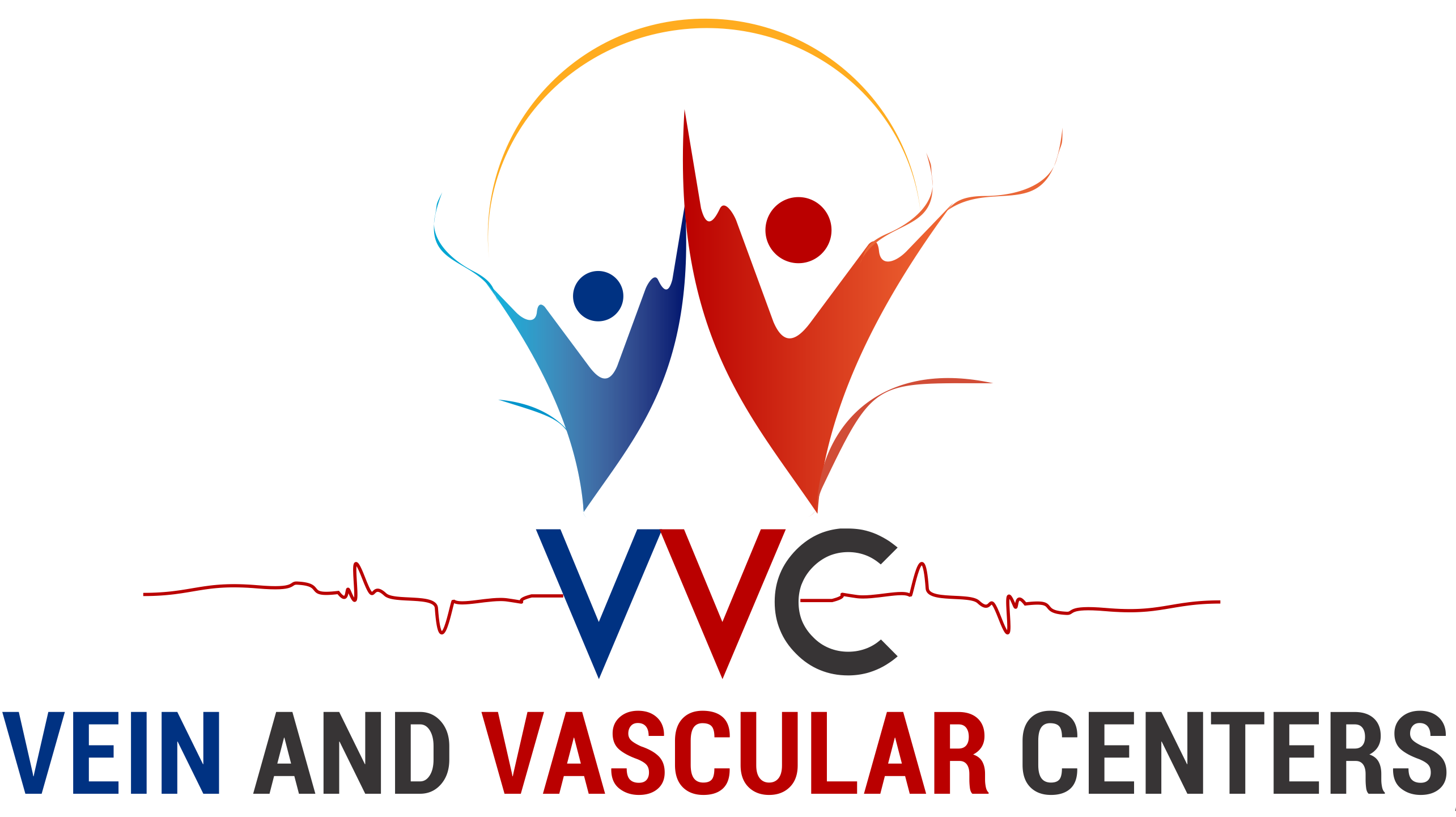Peripheral Arterial Disease (PAD)

What is peripheral arterial disease (PAD)?
Peripheral arterial disease is blockages of the arteries outside of the heart. This occurs from the buildup of plaque in the walls of the arteries which limits or restricts oxygen rich blood flow to the rest of your body.
What is the main cause of PAD?
- Diabetes
- High Cholesterol
- High Blood Pressure
- History of Heart Attack or Stroke
- Over the age of 40
What are the Symptoms of Peripheral Arterial Disease?
- Fatigue in leg muscles
- Pain in the legs and/or feet
- Sores or wounds on toes, or feet that heal very slowly
- Skin color changes on the feet that include paleness or blueness
- Poor nail or hair growth on toes and legs
- Lower temperature in one leg in comparison to the other leg
How can I prevent PAD?
- To maintain and active and healthy lifestyle
- Quit smoking
- Follow a low-fat, low-cholesterol diet and eat more fruits and vegetables
How is PAD diagnosed?
- Ankle-brachial index (ABI) — a quick, painless, non-invasive test that compares the blood pressure in your arms and legs
- Ultrasound – Arterial Doppler- non invasive test that give images of arteries
- Evaluation the strength of the pulse in legs and feet
- examination of legs and feet for wounds and questioning about details of healing
- changes in your nails, skin, and hair loss on the legs and feet
What are the treatment options for PAD?
Medications
- Cholesterol-lowering medications
- Medication to control blood sugar
- High blood pressure medications
- Medications to prevent blood clots
- Symptom-relief medications
Thrombolytic therapy
- If there is a clot in the artery, the doctor may inject a clot dissolving drug directly into the artery
Angioplasty
- Small catheter inserted into a blood vessel to the affected artery
- A balloon at the tip of the catheter is inflated to reopen the artery and flatten the blockage to increase blood flow
Atherectomy
- Using a device to remove plaque or calcium from an artery
Stent Placement
- A stent may also be inserted to ensure the artery stays open
- The stent acts as a scaffold to keep the artery from closing again
peripheral arterial disease VS. peripheral vascular disease
-
- Peripheral arterial disease (PAD) refers specifically to disease of the arteries
- Peripheral vascular disease (PVD) refers to a large number of circulatory diseases that may or may not be involving the arteries, but also the veins and lymphatic system.
References
Medtronic. (2016). Does Leg Pain Stop You From Walking? [Brochure]. Plymouth, MN: Author.
Peripheral artery disease (PAD). (2018, July 17). Retrieved August 19, 2020, from https://www.mayoclinic.org/diseases-conditions/peripheral-artery-disease/diagnosis-treatment/drc-20350563
Peripheral Artery Disease (PAD). (n.d.). Retrieved August 19, 2020, from https://vascularcures.org/peripheral-artery-disease-pad/
Peripheral Artery Disease Vs. Peripheral Vascular Disease: What’s the Difference? (2019, April 02). Retrieved August 19, 2020, from https://www.ciccenters.com/peripheral-artery-disease-vs-peripheral-vascular-disease-whats-the-difference/



